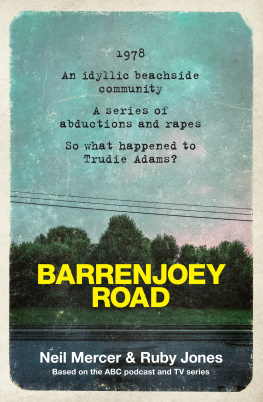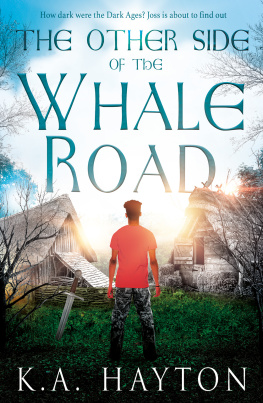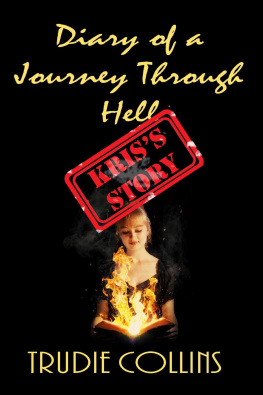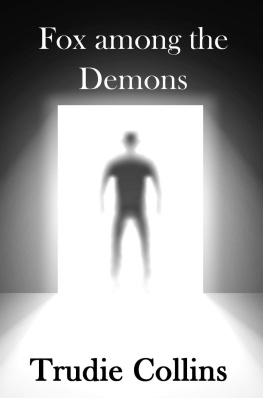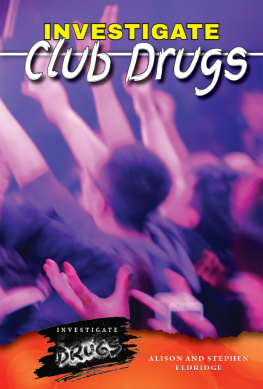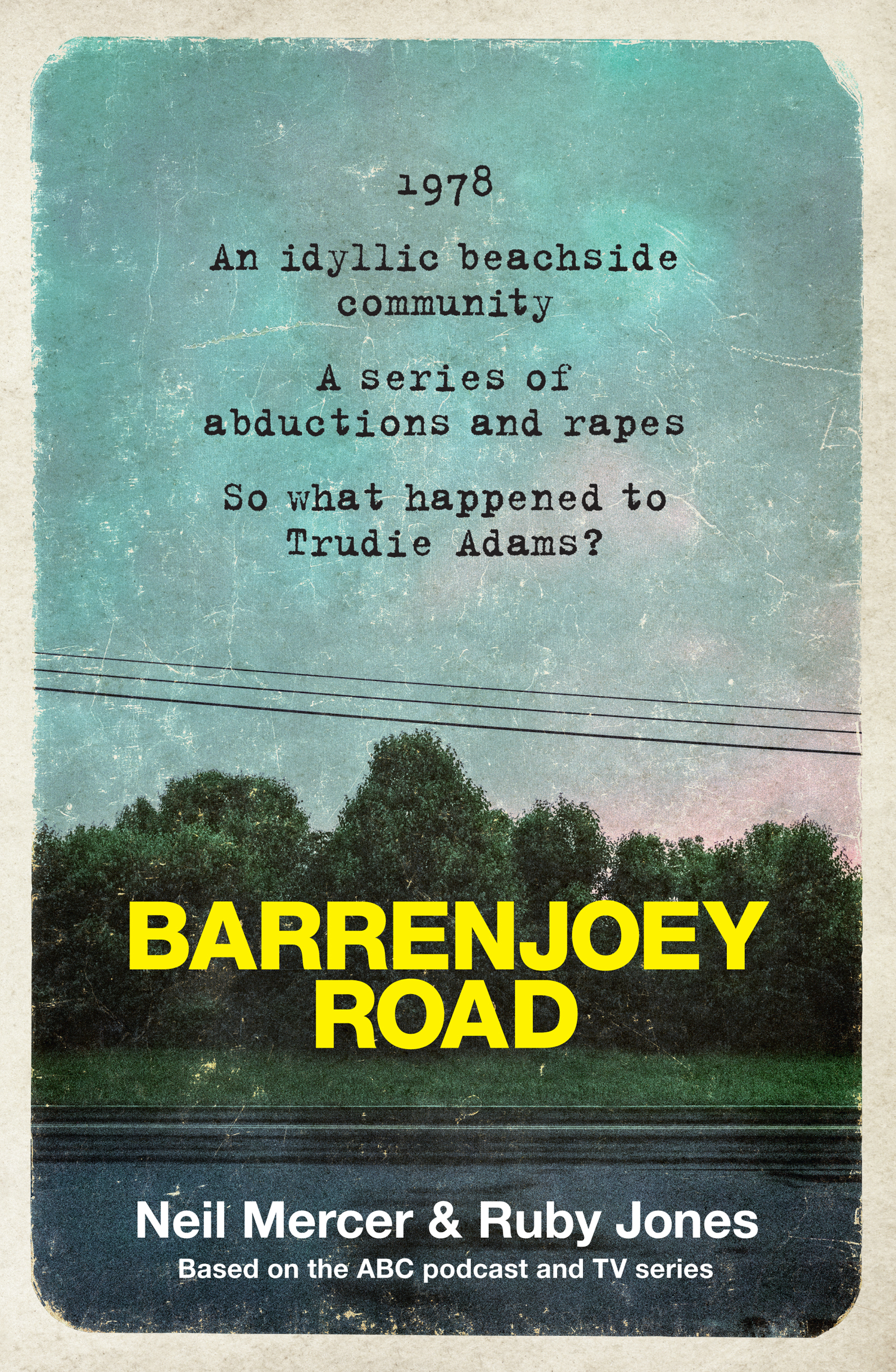S he sat in the near dark, feet on the concrete steps that curved down to Manly beach. It was two in the morning and she was alone. The soft glow of the streetlamps behind her, the sound of the ocean in front. The minutes passed. Eventually, she stood up. And, at three-thirty on the morning of 2 March 1971, Jane Hampshire walked the five minutes to Manly Police Station, an arched brick building on the north side of Sydney Harbour.
She told the officers on duty that she had been sexually assaulted. We know this much because the NSW Police Incident Report reference No 023475 detailing Janes case has survived down through the decades. Its just two pages but, even now, 50 years later, it makes for confronting reading, on two counts. First, the brutality of the attack; second, the apparent indifference of the police working the graveyard shift that morning.
Two sentences from the official report sum up the attitude of the officers. At the time she was first interviewed by police at the Manly Police Station she appeared upset and had been crying, but there were no visible marks of any violence on her body and her clothing was not torn or dishevelled.
The report concluded: Because of the doubtful nature of the report she was requested to return to her home.
Which was what Jane did. She went back to her flat, which, it appears, was not far from the Manly beachfront and the police station itself.
Courageously, however, she returned to the police station about noon the same day. But the detectives on duty appear to have been as unsympathetic and unconcerned with their job as their night shift colleagues.
The incident report from that day makes it clear that Jane was very frightened, but then goes on to note that she had not screamed or called for help. And, as far as the police were concerned, there was some further scepticism because during the alleged acts committed on her she did not struggle to any degree, although, as she stated, the acts did cause her some pain.
A policewoman who had viewed parts of her body saw no signs of violence.
Perhaps not surprisingly, given the attitude of the police, Jane didnt want to make a formal statement, submit to a medical examination, or go to court in the event of suspects being charged.
Detectives concluded: Under these circumstances the complaint could be considered one of a very doubtful nature.
Which was how it was recorded on the incident report. Alongside the heading Complaint there are two boxes: one for Rejected and the other for Doubtful. There is no box for Accepted or To Be Investigated Further.
Police dismissed 18-year-old Janes report, with apparently zero investigation: no canvassing of residents, no interview with Janes flatmate. None of the basics.
Little wonder that so few women ever went to the police.
* * *
Jane Hampshire was from Britain, and, like many before and since, she had no doubt been attracted to Manlys famously laidback lifestyle. Decades earlier, the ferry service had sought to tempt tourists and locals alike to make the short, scenic trip from the Sydney CBD across the harbour with the slogan: Seven miles from Sydney and a thousand miles from care.
Manly is just the first of many beautiful beaches that stretch some 30 kilometres to the north. Dee Why, Collaroy, Mona Vale, Newport, Bilgola and Avalon, with the peninsula ending at Palm Beach. Collectively, they make up Sydneys Northern Beaches. Whether Jane stayed in the Manly area we simply dont know. It appears from the remaining records that police never spoke to her again, which, given what happened just a few days later, seems remarkable and devastating.
Because, five nights afterwards, on Sunday, 7 March, a 14-year-old girl went with her parents to Collaroy Police Station, just a few kilometres to the north of Manly. Jackie Billings was interviewed by detectives and told them that the previous evening she and her 15-year-old friend Sarah Sharpe had been hitchhiking near Warringah Mall shopping centre when they were abducted and raped. Her description of the attack was very similar to Jane Hampshires.
This time, the response was very different possibly because, unlike Jane, Jackie had a relative in the NSW Police.
The teenager was taken to Mona Vale Hospital for examination by a doctor. Some weeks later, Jackie went to a police station and was shown some photographs in an attempt to identify the attackers. She also took part in a line-up but at which police station that took place is not known because the statement she made at the time was subsequently lost. In any event, she was unable to identify her attackers.
Its not clear whether her friend was shown any photographs. Years later, Jackie just couldnt remember. But she did recall something. I remember that the driver had snaky type of eyes.
Exactly what inquiries or investigations were launched is now unclear. But this time at least, the police did something. With their approval, a television segment that focused on unsolved crimes aired a re-enactment of the abductions and appealed for help from the public. But, if information was forthcoming, it was not enough to bring the attackers to justice.
Jane Hampshire was abducted and raped on 1 March, Jackie and Sarah on 6 March. With three women attacked within a week, you would think that New South Wales would prepare for the possibility of more assaults. But there were none, or at least no more women came forward to say they had been sexually assaulted in similar circumstances.
As quickly as theyd started, the attacks appeared to stop.
But those two days in 1971 1 March and 6 March mark the beginning of a 35-year saga involving at least two murders, possibly three, and 14 sexual assaults (unofficially, many more), all of which to this day remain unsolved.
And then theres the collateral damage: the grief, the addiction, the overdoses. Even some police would find themselves traumatised, in fear of their lives and disillusioned, quitting the job they loved.
When you put it all together, despite the best efforts of a handful of dedicated and determined detectives, it represents one of the greatest investigative failures in the history of the NSW Police.
How on earth could it possibly happen?
Contents
Guide
Contents

| The ABC Wave device is a trademark of the Australian Broadcasting Corporation and is used under licence by HarperCollinsPublishers Australia. |
HarperCollinsPublishers
Australia Brazil Canada France Germany Holland Hungary
India Italy Japan Mexico New Zealand Poland Spain Sweden
Switzerland United Kingdom United States of America
First published in Australia in 2021
by HarperCollinsPublishers Australia Pty Limited
Level 13, 201 Elizabeth Street, Sydney NSW 2000, Australia
ABN 36 009 913 517
harpercollins.com.au
Copyright Neil Mercer and Ruby Jones, and WildBear Entertainment Pty Ltd 2021
The right of Neil Mercer and Ruby Jones to be identified as the authors of this work has beenasserted by them in accordance with the Copyright Amendment (Moral Rights) Act 2000.
This work is copyright. Apart from any use as permitted under the Copyright Act 1968, no part may be reproduced, copied, scanned, stored in a retrieval system, recorded, or transmitted, in any form or by any means, without the prior written permission of the publisher.
HarperCollinsPublishers

